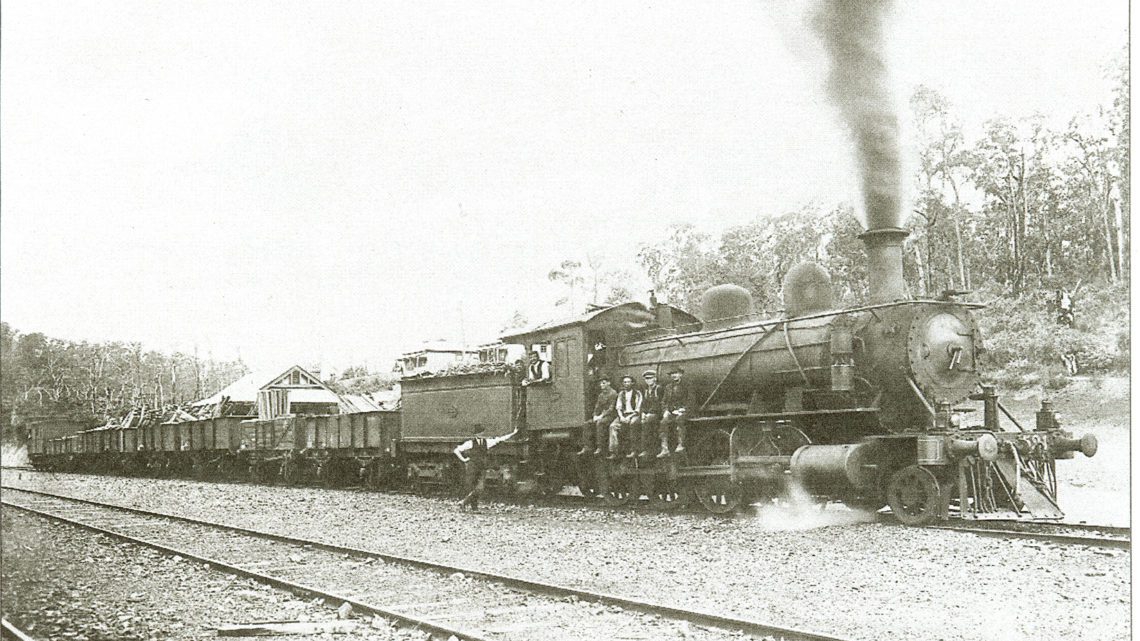
A Brief History of Noojee
Although it was not officially founded until the early 1900’s, the small township of Noojee began as a gold prospecting site in the early 1860’s. Deemed unsuitable for settlement due to its swampy environment, those in search of gold camped in the area temporarily until ready to move on.
It wasn’t until a massive flood between 1902-05 which changed the flow of the river that runs through town and caused the swampy marshes to drain, that the town officially founded and permanent buildings began to be built.
1919 saw the town come to life and establish itself as a logging super-power. A local company ‘Noojee Logging’ started the timber industry in the small town, along with the support of several other local timber companies.
The development of over 300 spot mills in the forest surrounding Noojee provided a steady stream of timber to the main mill situated just outside of the centre of town and led to the construction of the railway line connecting Noojee to Warragul.
The railway line provided the town with a means of exporting its timber not only to Melbourne, but also saw a large portion of the timber exported to England. Small locomotives were used to transport timber from the spot mills to the main mill in town where they were reloaded onto larger trains for transport to Melbourne.
As modern equipment used to load cargo was not available to loggers in the 1920’s, a system of pulley cranes were used to move the massive tree trunks from the small locomotives to the larger steam trains.
1926 saw fire devastate the town and stop all timber export from Noojee. All of the mills in the surrounding area were destroyed and the majority of the buildings in the town centre (except for the hotel) were burnt down.
The settlers in the town managed to rebuild and even began to export timber to Melbourne but Noojee was again devastated by fire in 1939.
Once again the town was rebuilt, but the original spot mills and locomotive transport in use prior to the fire were never restored. Timber production was modernised, which saw an advance in timber logging efficiency, along with the introduction of one of the first hydro powered mills in Victoria.
The 1940s and 1950s brought conflicts between farmers and trains, which led to the deliberate burning of the trestle bridges that carried the railway. The government never rebuilt them as trucks replaced rail as the main mode for transporting timber to Warragul.
Today Noojee remains as one of only five towns in Victoria to still have a fully functional saw mill that produces timber by hand.